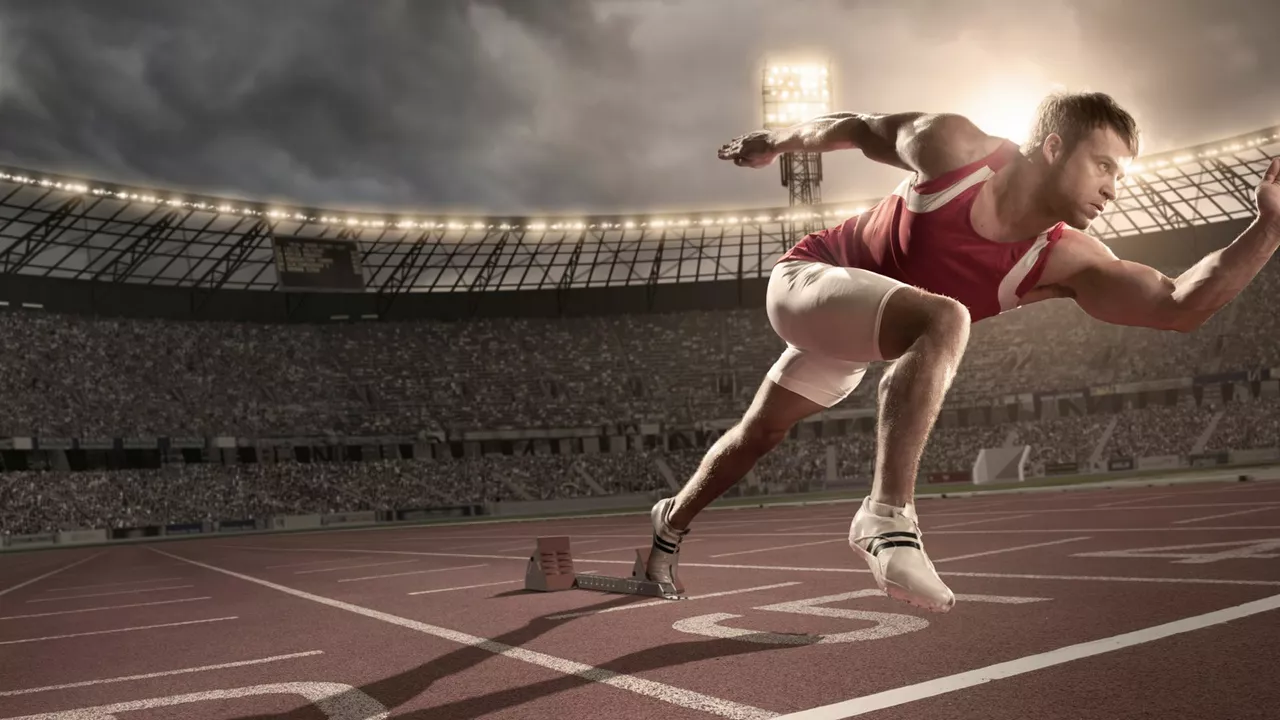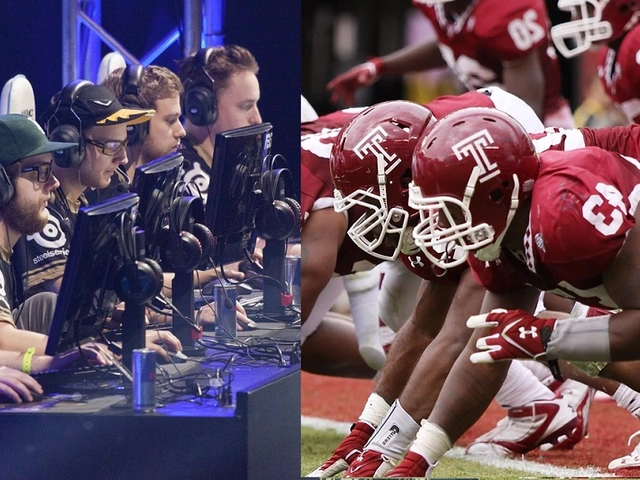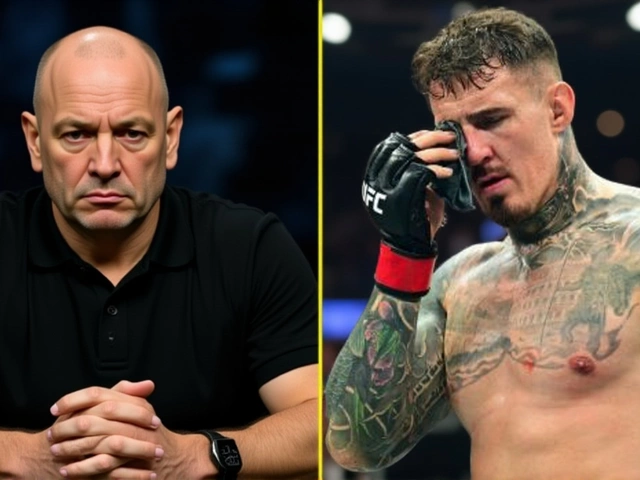Sports Advancements
When we talk about sports advancements, the newest developments that boost performance, safety and fan experience in any sport. Also known as modern sport innovations, it connects everything from high‑tech gear to cutting‑edge health research.
One of the biggest drivers behind sports advancements is sports technology, hardware and software tools like wearables, motion sensors and AI coaching platforms. This technology enables athletes to track biometrics in real time, letting coaches fine‑tune workouts on the fly. At the same time, performance analytics, the data‑driven study of player metrics, injury risk and game strategy turns raw numbers into actionable insight, so teams can predict fatigue before it hurts. Both of these fields rely heavily on data science, which requires robust algorithms, clean data pipelines and a deep understanding of sport‑specific variables.
Sports medicine is the third pillar that powers today's sports advancements. By merging biomechanics, nutrition and rehabilitation, sports medicine, the medical discipline focused on preventing and treating athletic injuries helps players stay on the field longer and recover faster. The link between medicine and technology is clear: wearable devices feed clinicians real‑time data, while AI‑assisted diagnostics spot issues a human eye might miss. This synergy creates a feedback loop where better health data leads to smarter training plans, which in turn generate cleaner performance metrics.
Beyond the Field: eSports Evolution
While traditional sports enjoy a long history, the rise of eSports shows that advancements aren’t limited to physical arenas. eSports evolution, the rapid growth of competitive video gaming as a professional sport mirrors many of the same tech trends – high‑performance hardware, real‑time analytics, and dedicated health programs for gamers. Just like a football team uses GPS trackers, an eSports squad relies on latency monitors and eye‑tracking software to shave milliseconds off reaction time. This parallel underscores a key semantic triple: sports advancements encompass both physical and digital competition.
All these pieces fit together in a clear pattern: sports advancements require technology, depend on data analysis, and improve athlete health. In other words, sports advancements encompass wearable tech, require performance analytics, and influence training methods across every level – from grassroots clubs in Oxfordshire to elite global franchises. Whether you’re a coach looking for the next training hack, a parent curious about injury prevention, or a fan eager to understand why your favorite team’s stats look different this season, the stories below will show how each breakthrough plays out in real life.
Below you’ll find a curated mix of articles that dive deeper into these trends. Expect first‑hand accounts of athletes using new gear, breakdowns of how data reshapes game strategy, and a look at the medical innovations keeping players on the move. Let’s explore how today’s sports advancements are rewriting the rulebook for everyone involved.
How have sports changed in the last 50-100 years?

Over the last 50-100 years, sports have undergone monumental transformations. Technological advancements have reshaped training, performance, and even the way we watch games, making sports more accessible to the masses. There's been a significant shift in societal attitudes too, with increased inclusion and diversity in athletes, and a growing emphasis on the importance of sports for health and wellbeing. The commercialization of sports has also escalated, turning athletes into celebrities and sports events into billion-dollar industries. Yet, the core essence of sports - the grit, determination, and passion - remains unchanged.
Categories
RECENT POSTS
Escort Services in Aix-en-Provence: What to Know Before You Go
Understanding escort services in Aix-en-Provence means knowing the risks, the law, and the human stories behind them. This guide breaks down what's real, what's dangerous, and what alternatives actually work.
Why isn't eSports as accepted as active sports?
Hey folks, let's dive into this spicy salsa of a topic - Why isn't eSports as accepted as active sports? It's like trying to convince your grandma that your digital art is as real as her oil paintings! Well, the first hurdle is the physicality, or lack thereof. Traditional sports fans are often skeptical about watching folks play video games, missing the sweat and muscles flexing. But, let's not forget, eSports require serious mental gymnastics and finger dexterity! So next time you're defending eSports, flex those brainy biceps and remember, not all games need a ball and a field!
AEW Dynamite Sets Blood & Guts Stage as Allin and Castagnoli Tie Advantage Battle 1-1
AEW Dynamite tied the Blood & Guts advantage battle 1-1 as Megan Bayne and Darby Allin won their matches, while Claudio Castagnoli's victory set up a decisive showdown next week in Houston for entry advantage in the cage match.
Dana White Orders Immediate Aspinall‑Gane Rematch After UFC 321 Eye‑Poke
Dana White orders an immediate Tom Aspinall‑Ciryl Gane rematch after a controversial eye‑poke stopped UFC 321, promising a showdown within 90 days.
How can one prevent cardiac arrest?
Alright folks, let's dive into the heart of the matter - how to prevent cardiac arrest! It's not rocket science, but more like a tango with your ticker. First, exercise is your heart's best friend - a brisk walk or a quick jog can work wonders, making your heart stronger than a love-struck teenager. Secondly, eat smart, because your heart needs fuel but not the junk kind; think fruits, veggies, whole grains and lean proteins. Lastly, smoking and excessive drinking are the mean kids on your heart's playground, so it's better to avoid them. So, let's keep our hearts happy and healthy, because, you know, they're kinda important!




